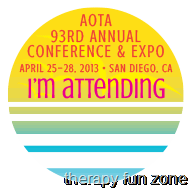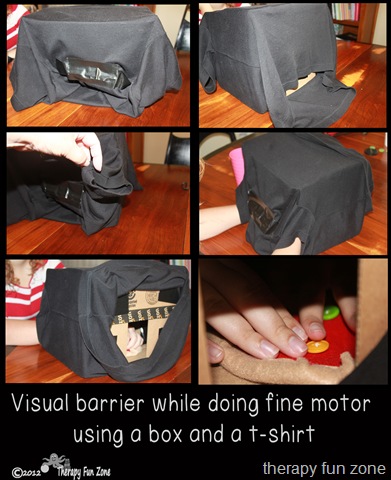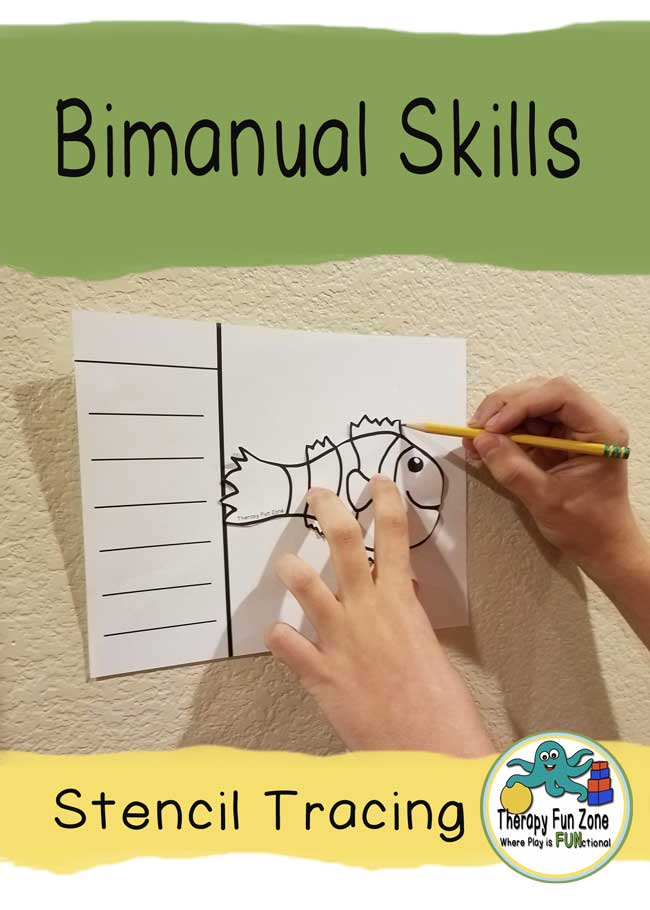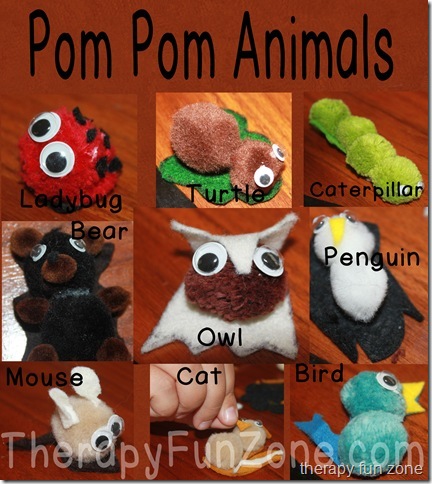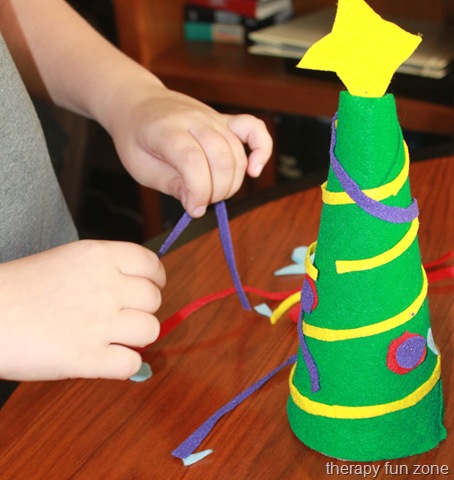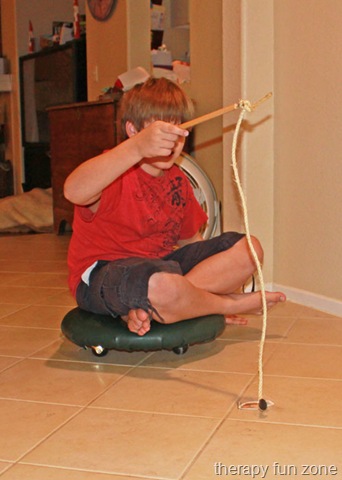Writing Legibility
This post may contain affiliate links.
When working on writing with kids, Occupational Therapists are not handwriting teachers. We do not teach handwriting, and we don not practice handwriting. What we do is we use our specialized skills to figure out where the trouble is coming from. We are very skilled at assessing movement, motor control, visual motor ability, and motor planning. We are amazing at analyzing a task and seeing where the breakdown occurs. A standardized test tells us a small amount of information, but the analysis of the tasks while doing the test is what you are paying for when you request an OT assessment.
So when looking at handwriting, I am not looking for perfection, rather I want to see legibility. Will the teacher be able to read the paper and give it a grade when it is turned in.
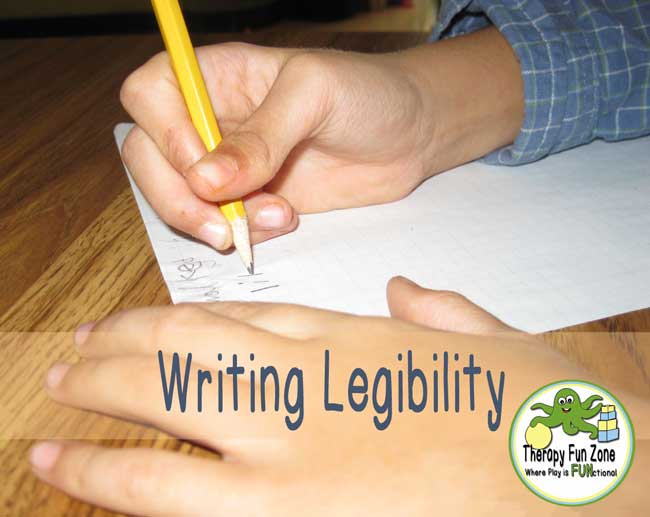
There are 4 factors that affect writing legibility the most:
- recognizability of the letters
- uniformity of the size of the letters
- uniformity of the placement of the letters
- spacing of the words and letters
To work on learning and creating letters, there are a variety of handwriting curriculums that mostly work the same. Most kids learn best with hands on multi-sensory learning, and some kids require that hands on multi-sensory teaching in order to learn their letters.
Once a student knows the letters and how they look, and how they are made, you then want to focus on uniformity.
The rules of uniformity are:
- All letters need to be “stuck in the mud”, which is sitting/touching the bottom writing line.
- Tall “vine” letters need to be touching the top line and the bottom line.
- Sitting “grass” letters need to be touching the middle dotted line and the bottom line.
- Digging in the mud letters need to have part of them go down into the mud.
When working on the uniformity, you are emphasizing that the letters need to be touching the right lines, and not going past those lines, and they need to fix it if the letters are not touching the lines correctly.
After the uniformity piece is in place, you can work on spacing. You need to have enough space between words so that you can fit a tiny flower or rock between words.
When kids have the ability to write neatly, they sometimes need help with the motivation. Most kids increase their motivation if they know that they will have to erase and re-do their work when it is not neat enough.
It could be frustrating to have to re-write everything all the time, so to instill the expectation and the anticipation, you can turn it into a bit of a gamble.
Let the whole class know that during this time of class, you will be having random students fix and re-write 5 of their hardest to read words. Remind them of the rules of uniform sizes and placement, and that the goal is to have 5 beautiful finished words. You could modify the number of words that you expect to be beautiful, then start small and go up in order to keep the frustration low. You could also use dice to choose how many words or letters that are required to be made beautiful.
Optimally this should be done periodically through the day to create an expectation. The thought that they could be chosen will keep the kids trying their best, just in case.
Ideas:
You could have the student erase and fix the words right on their paper or you could have them use a separate piece of paper to write perfect words on.
Very Important:
Daily reinforcement
- Stuck in the mud (placed on the line)
- Uniform size
- Space between words
Tall letters:
A B b C D d E F f G H h I J K k L l M N O P Q R S T U V W X Y Z
Short letters:
a c e i m n o r s t u v w x z
Digging letters:
g j p q y
To emphasize the conformity of size, you need to use 3 lined paper. It also helps some kids to have the bottom line be a little darker than the other lines to give a stronger visual reference.
For younger kids, you can use adapted paper with the lower space a different color, such as sky grass mud paper, highlighted paper, or grey paper.
You can print this out as a class program to hand out to teachers in order to remind them about practicing correct writing.


